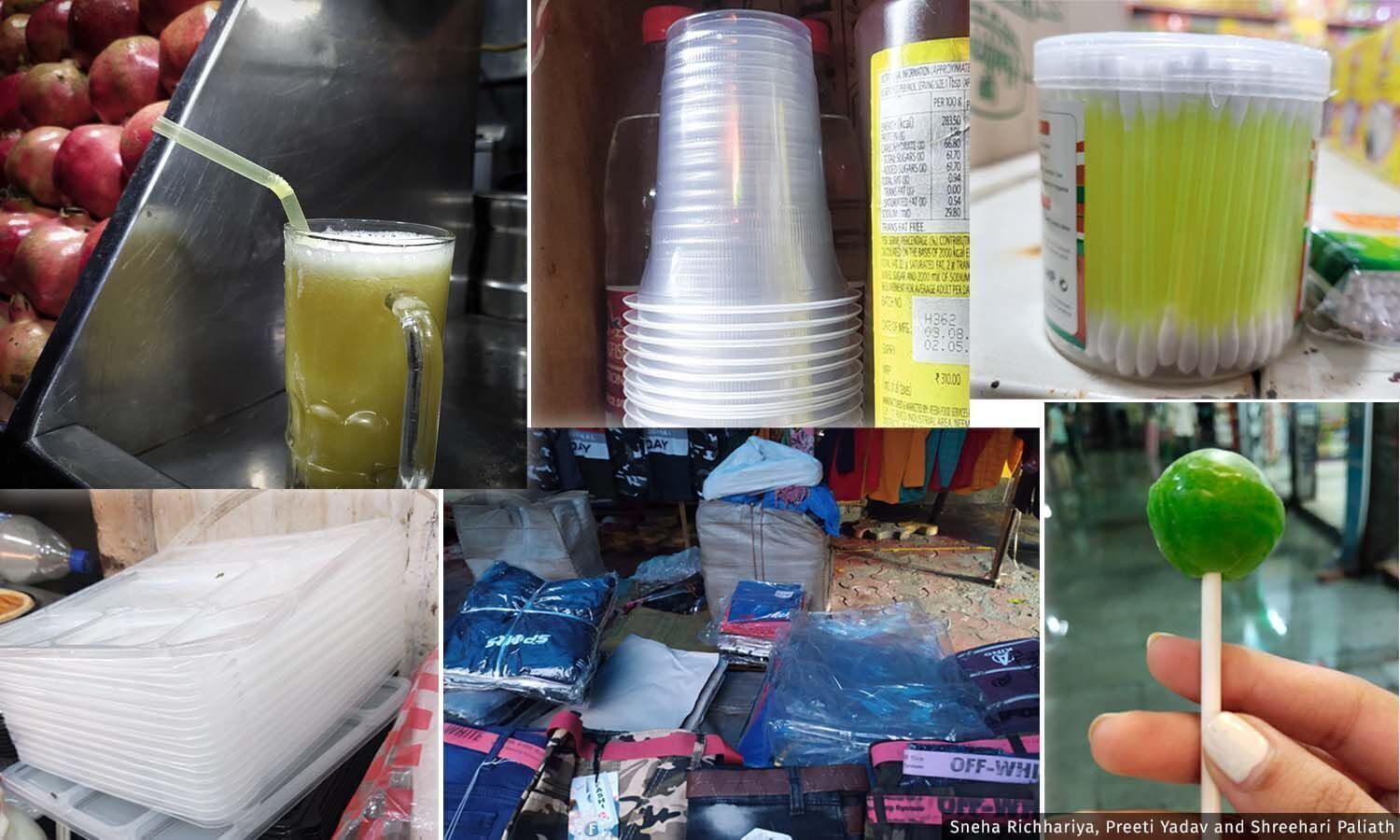Food & Climate
Although a plan to address single-use plastics in India began in early July 2022, it has not significantly reduced plastic pollution. The ban on the manufacture, import, storage, distribution, sale, and use of 19 plastics, which it identified as “low-utility, high-waste”, has been implemented.
But ban On Single-Use Plastics Isn’t Enough to Save Our Ecosystems, according to Kousar Ahmed Rather, the teacher at Higher Secondary School, Nehalpora, Pattan, who wrote an article that seen by “Food & Climate” platform.
Single-use plastics, also known as disposable plastics, are items designed to be used only once before being thrown away or recycled. These include a wide array of products like plastic bags, water and soda bottles, straws, coffee stirrers, food containers, and packaging.
While convenient, single-use plastics pose a significant environmental threat due to several factors, like: Most single-use plastics are not biodegradable and can persist in the environment for hundreds to thousands of years.
They contribute significantly to pollution in landfills, oceans, and other ecosystems. An estimated 19-23 million tonnes of plastic waste leak into aquatic ecosystems annually.
Animals, particularly marine life, can ingest or become entangled in plastic debris, leading to injury, starvation, and death. It’s estimated that over 100,000 marine mammals and turtles and 1 million seabirds are killed by plastic pollution each year.
A major contributor to single-use plastic waste
India is considered a major contributor to single-use plastic waste, ranking around third globally in terms of total volume. The per capita single-use plastic waste generation in India is relatively lower compared to some developed nations, estimated at around 4 kg per person per year, placing it at 94th position globally in per capita waste production, according to Kousar Ahmed Rather.

A significant concern in India is the mismanagement of plastic waste. Estimates suggest that a large percentage, around 85%, of plastic waste is mismanaged, leading to environmental pollution.
The world produces over 460 million metric tons of plastic every year. A significant portion, estimated at around 50%, of all plastic produced is designed for single-use purposes.
Global plastic waste generation more than doubled between 2000 and 2019, reaching approximately 353 million tonnes per year. More recent estimates suggest this figure is closer to 400 million tonnes annually. A staggering 19 to 23 million tonnes of plastic waste are estimated to leak into aquatic ecosystems annually. Without significant interventions, global plastic waste is projected to nearly triple by 2060.
Recognising the detrimental impacts, many countries and regions are taking steps to reduce the production and use of single-use plastics through bans, taxes, and promoting alternatives.
19 products banned
India banned the manufacture, import, stocking, distribution, sale, and use of 19 identified single-use plastic items 3 years ago.
These items include ear buds with plastic sticks, plastic sticks for balloons, plastic flags, candy sticks, ice-cream sticks, polystyrene (thermocol) for decoration, plastic plates, cups, glasses, cutlery (forks, spoons, knives), straws, trays, stirring sticks, and packaging films around sweet boxes, invitation cards, and cigarette packets, plastic or PVC banners less than 100 microns, and stirrers.
The thickness of plastic carry bags has been progressively increased from 50 microns in 2021 to 75 microns and then to 120 microns to promote their reuse.

The Central Pollution Control Board (CPCB) launched a mobile app to enable citizens to report the manufacture or use of banned SUP items. However, the usage and redressal rate of this app have reportedly been low.
The government has also introduced Extended Producer Responsibility (EPR) guidelines for plastic packaging to promote a circular economy and hold producers responsible for the end-of-life management of their products.
Despite the ban, reports indicate that the enforcement has been poor, and banned items, particularly carry bags below 120 microns, are still widely circulated. Small vendors have faced disproportionate challenges in implementation due to the higher cost of alternatives and lack of support.
Reducing our reliance on single-use plastics is crucial for protecting the environment, conserving resources, and mitigating the impacts of plastic pollution on ecosystems and potentially human health, according to “Kashmir reader”.

